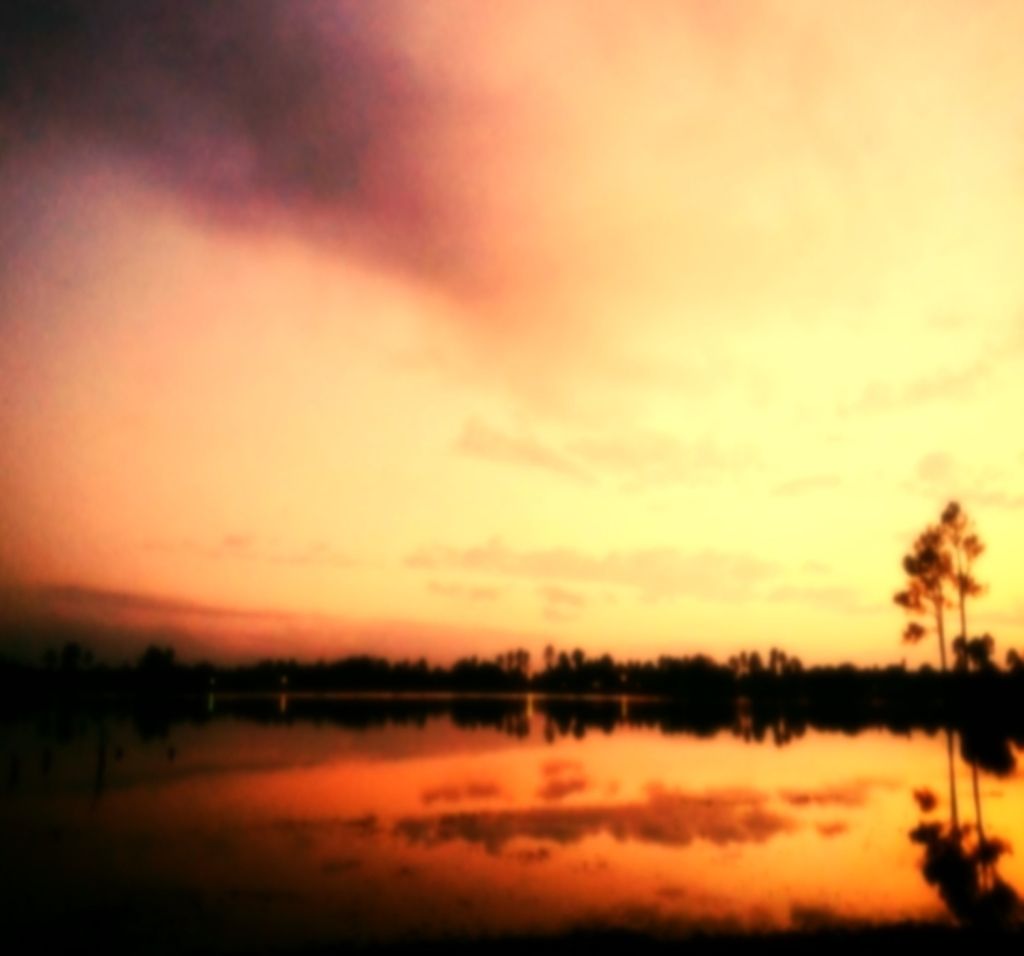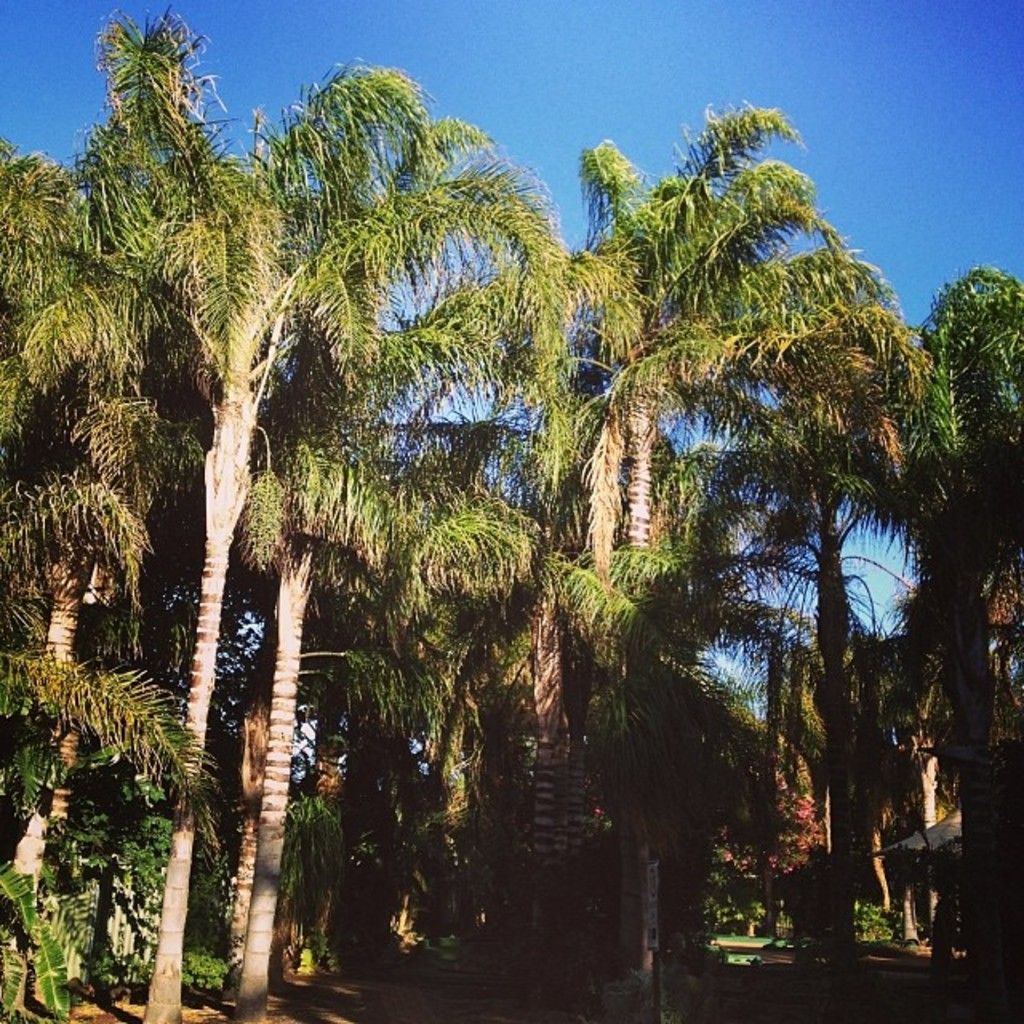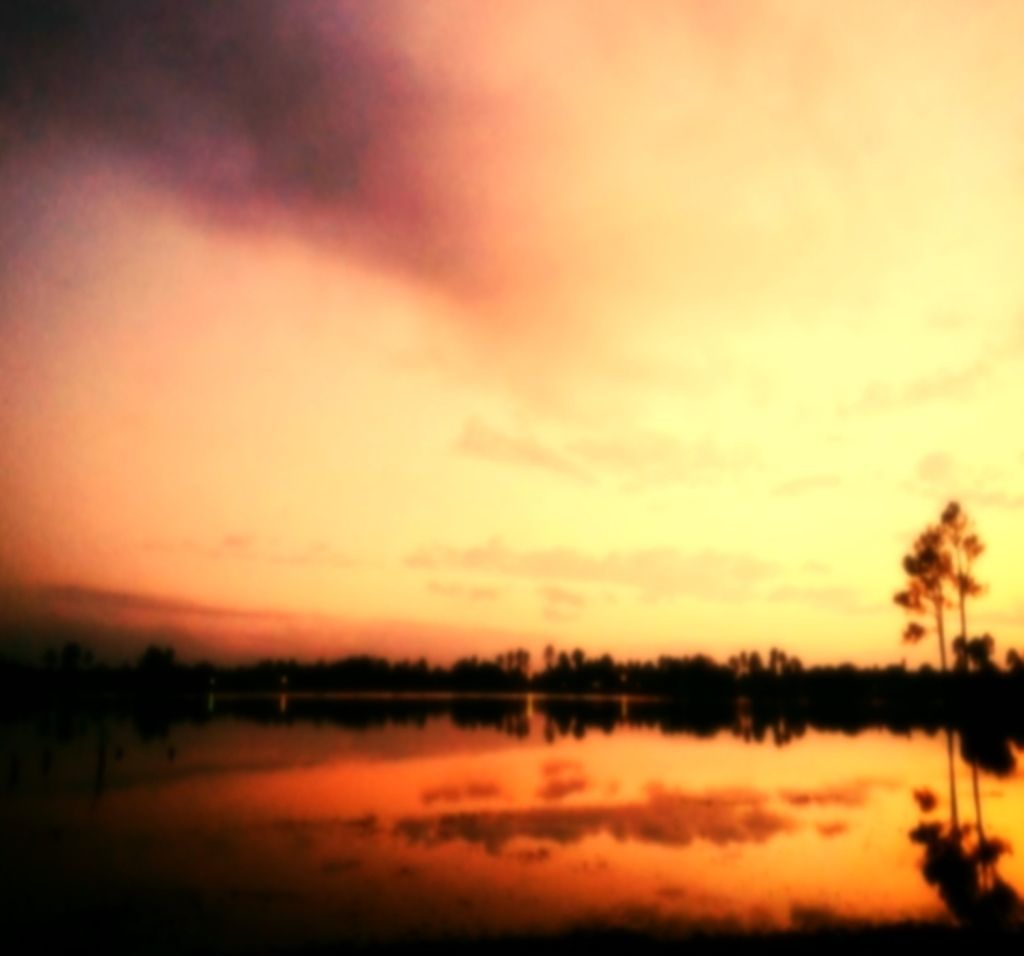Guide on Attracting Fireflies to Your Garden This Season
Fireflies, these luminescent creatures, have got everyone, young and old, spellbound. If you were a kid growing up in the Southern states, catching those glowing critters in a Mason jar was a summer ritual. However, due to urbanization and excessive use of pesticides and herbicides, these magical beings are becoming scarce in backyards. But here's the good news: with a little tweaking of your garden and some adjustments to your lawn care, you can turn your yard into a firefly-haven!
Getting to Know Fireflies
There are approximately 2400 identified species of fireflies across the globe, apart from Antarctica. Fireflies belong to the family Lampyridae and are actually beetles. If you reside in North America, you might be familiar with the yellow-green light produced by the most common North American firefly (Photinus). Their light comes from a fascinating chemical reaction called bioluminescence, which allows them to produce light by converting energy. Each species has its unique flashing pattern which they use to communicate with other fireflies of the same species, primarily for mating.
Assessing Your Garden
Before you bring back firefly magic, consider your garden's current conditions. Are they keeping the insects away?
- Short Grass: Do you keep your grass manicured short? Long grass provides an excellent hiding spot for fireflies during the day and trees at night to signal their mate.
- Pesticides: Have you been overzealous with pesticides? Firefly larvae feed on slugs, snails, and smaller insects.
- Dry Environment: Is your garden always dried up? Fireflies prefer a humid environment, and their natural habitats are typically near water bodies such as ponds, marshes, rivers, and lakes.
- Over-lit: Is your garden still as bright as day at night? Fireflies require darkness to communicate effectively and reproduce. Bright ambient light, including moonlight, can deter them.
Turning Your Garden into Firefly Paradise
When your neighbors ask, "Why your lawn looks like a jungle?," just tell them you're creating a dreamland for the fireflies. They need a place to take a break during the day and a spot to hide before they start their nighttime escapades. Although your homeowners association might frown upon a lawn that grows wild, finding an untouched corner of your backyard could be an ideal firefly refuge.
Plant a variety of native plants like goldenrod, Joe Pye weed, milkweed, or switchgrass, which are preferred by many firefly species[1]. A messy garden with a mix of vegetation of different heights and textures is more appealing to fireflies than a neat and sterile garden. Choose trees with low-hanging branches that provide shelter for these beetles.
Fancy a water feature in your garden? Go for it! If you already have a natural body of water, let the vegetation grow around it for the perfect firefly haven. Don't have a water feature? No worries! Add a solar-powered fountain, shallow bowls of water, or a pond[1].
Filled with Veggies and Herbs
Fireflies are not just beautiful; they're also excellent pollinators who love nectar. But here's some good news: they also indirectly help with pest control in your vegetable garden! Since slugs and snails are favorite snacks for firefly larvae, planting vegetables like beans, tomatoes, and tender lettuce can attract more fireflies to your garden, thereby reducing the population of pesky snails and slugs.
Lighting and Chemical Management
Nighttime lighting can surely add a magical touch to your garden, but it can also deter fireflies. Try using red or amber bulbs in outdoor fixtures, or opt for motion-activated lights that limit unnecessary light exposure[1]. Limit or eliminate broad-spectrum pesticides and herbicides as they can harm beneficial insects that fireflies rely on for food[1].
Keeping Pests Away without Harming Fireflies
One downside of fostering fireflies is that their damp environment can attract mosquitoes. Rather than using insecticidal sprays that might harm firefly larvae, consider using mosquito-repellent plants such as marigolds, lavender, rosemary, and bay laurel[1]. Choose natural pest control alternatives like Neem oil or insecticidal soaps that target specific issues without disrupting the firefly ecosystem.
Sit Back and Enjoy the Show
Enjoying fireflies at their best means sitting on your back porch after sunset with minimal lighting and no distractions. Let your hearing take over as you listen to the gentle rhythm of their flickering lights. Add a few citronella candles or torches to keep pests away without disrupting the firefly show[2].
Contributing to Firefly Conservation
Creating a firefly-friendly environment is one of the best ways to contribute to their conservation. Be patient as it can take up to two years to see an increase in firefly populations[2]. You can further support firefly conservation by participating in local firefly counts with organizations like Mass Audubon's Firefly Watch[2].
Enrichment Data:
- Maintain a Diverse Vegetation: Incorporate native plants into your garden as fireflies are attracted to diverse vegetation with different heights and textures. This creates a miniature ecosystem that supports the life cycle of fireflies[3].
- Provide Moisture and Shelter: Include water features like shallow bowls of water or solar-powered fountains to maintain humidity levels. Also, use trees with low-hanging limbs to provide shelter for fireflies[1].
- Minimize Artificial Lighting: Fireflies require darkness for effective communication and reproduction. Eliminate or reduce unnecessary lighting in your garden[1].
- Avoid Pesticides: Refrain from using broad-spectrum pesticides and herbicides as they can harm firefly larvae and other beneficial insects they feed on[1].
- Create a Vegetable Garden: Planting vegetables can indirectly increase the firefly population by attracting slugs and snails, their favorite food source[1].
- Maintain a Chaotic Garden: Embrace a less manicured garden style, as fireflies prefer areas with some disorder and leaf litter[1].
- To encourage fireflies in your garden, it's crucial to assess the current conditions, such as whether you maintain short grass, use excessive pesticides, and keep the garden dry or over-lit.
- You can turn your garden into a firefly paradise by planting native plants like goldenrod, Joe Pye weed, milkweed, or switchgrass, creating a chaotic garden with a mix of vegetation, and adding water features to maintain humidity levels.
- While enjoying the firefly show, consider using red or amber bulbs in outdoor fixtures, opt for motion-activated lights, and use mosquito-repellent plants instead of insecticidal sprays to keep pests away without harming fireflies.
- Creating a firefly-friendly environment is a contribution to their conservation. You can also participate in local firefly counts with organizations like Mass Audubon's Firefly Watch for further support.








